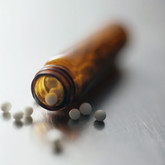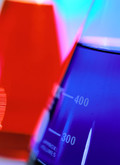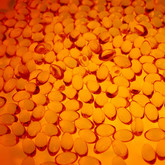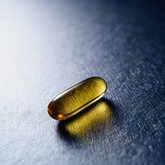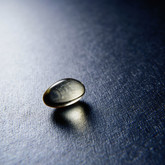Biosimilars
Also noted on biosimilars: 13 April 2012
Palivizumab biosimilar successfully produced in plants
Biotechnology company iBio, self-professed leader in the plant-made pharmaceutical field, announced on 10 April 2012 that it had successfully used its iBioLaunch technology to produce biosimilar palivizumab in non-transgenic green plants.
This is the second monoclonal antibody that the company has successfully produced. Back in October 2011 the company announced the successful use of its technology to produce rituximab.
Related article
Rituximab biosimilar successfully produced in plants
Source: iBio
Current and future issues surrounding biosimilars
Biological medicines are already becoming an increasingly important part of health care. With patent expiries on originator biological products, biosimilars are also increasingly become a part of this future [1]. In fact, by 2020 twelve of the top-selling biologicals will have lost patent protection, opening up an estimated US$24 billion in EU sales and US$30 billion in US sales [2].
BIO and GPhA support biosimilar and generic user fees
Both the Biotechnology Industry Organization (BIO) and the Generic Pharmaceutical Association (GPhA) have expressed their support of user fees for biosimilars and generics.
Also noted on biosimilars: 6 April 2012
Amgen and AstraZeneca make monoclonal antibody deal
Biotech giant Amgen and pharma major AstraZeneca announced on 2 April 2012 an agreement to jointly develop and commercialise five monoclonal antibodies from Amgen’s clinical inflammation portfolio (AMG 139, AMG 157, AMG 181, AMG 557 and brodalumab [AMG 827]), which are expected to be used to treat inflammatory diseases.
As part of the deal AstraZeneca will make an upfront payment of US$50 million and the companies will then share both costs and profits. The collaboration will provide Amgen with additional resources to optimally progress its portfolio and Amgen will benefit from the strong respiratory, inflammation and asthma development expertise of MedImmune–AstraZeneca’s biologicals arm.
Related articles
Amgen finally jumps on biosimilars bandwagon
AstraZeneca expands its generics business with Indian agreements
Source: Amgen, AstraZeneca
Reimbursement of biosimilars
The evidence required to obtain marketing authorisation for a biosimilar by the regulatory authority is not always the same as that required by the reimbursement authority [1]. This can cause problems for biosimilars manufacturers when planning clinical trials in order to obtain both marketing and reimbursement approval.
Biosimilars will not be able to use ANDA pathway to approval
FDA’s highly anticipated guidance for biosimilars finally arrived on 10 February 2012 with the release of three draft guidance documents [1]. Some have complained that the guidance is too vague, however, FDA’s denial of three citizen’s petitions have perhaps made some issues clearer.
Also noted on biosimilars: 30 March 2012
Bioequivalence of biosimilar trastuzumab to Herceptin proven in phase I trial
Biopharmaceutical company Synthon announced on 22 March 2012 that all in vitro and in vivo studies conducted so far have shown the biosimilar behaviour of Synthon’s trastuzumab in comparison with the reference product, Herceptin. The outcome of the phase I clinical trial confirmed these results, showing bioequivalence of Synthon’s trastuzumab to Herceptin. Synthon confirmed that its biosimilar trastuzumab will now enter a confirmatory phase III clinical trial in breast cancer patients.
Source: Synthon
Fujifilm and Kyowa launch biosimilars joint venture
The Japanese digital camera maker Fujifilm Corporation (Fujifilm) and biotech firm Kyowa Hakko Kirin (Kyowa) announced on 27 March 2012 that they have launched their biosimilars joint venture, which will initially focus on the development of biosimilar adalimumab.
FDA announces public hearing on biosimilars’ guidelines
FDA has announced a one-day public hearing to be held on 11 May 2012, in Silver Spring, Maryland, USA. During the meeting FDA hopes ‘to obtain input on recently issued draft guidelines relating to the development of biosimilar products.’
Pricing of biosimilars
For small molecule generics, reductions in price of around 80% have been observed after the first six months to a year of generics entry to the market in countries such as Germany, UK and the US [1, 2]. Biosimilars, however, are an entirely different entity.

